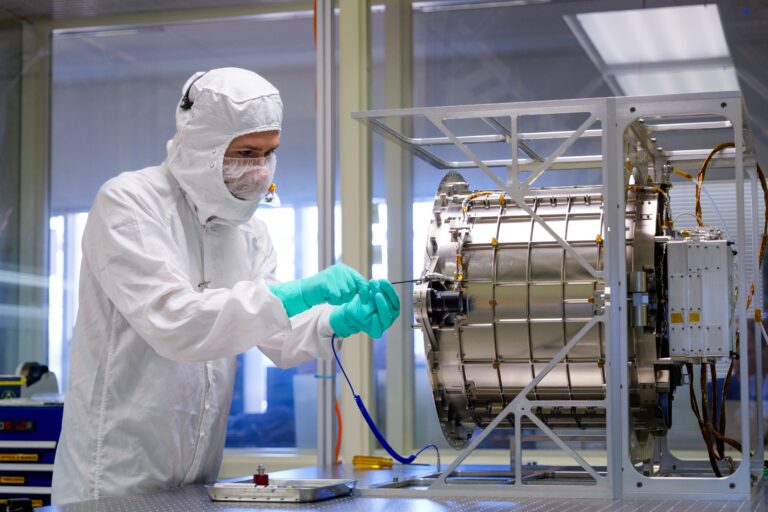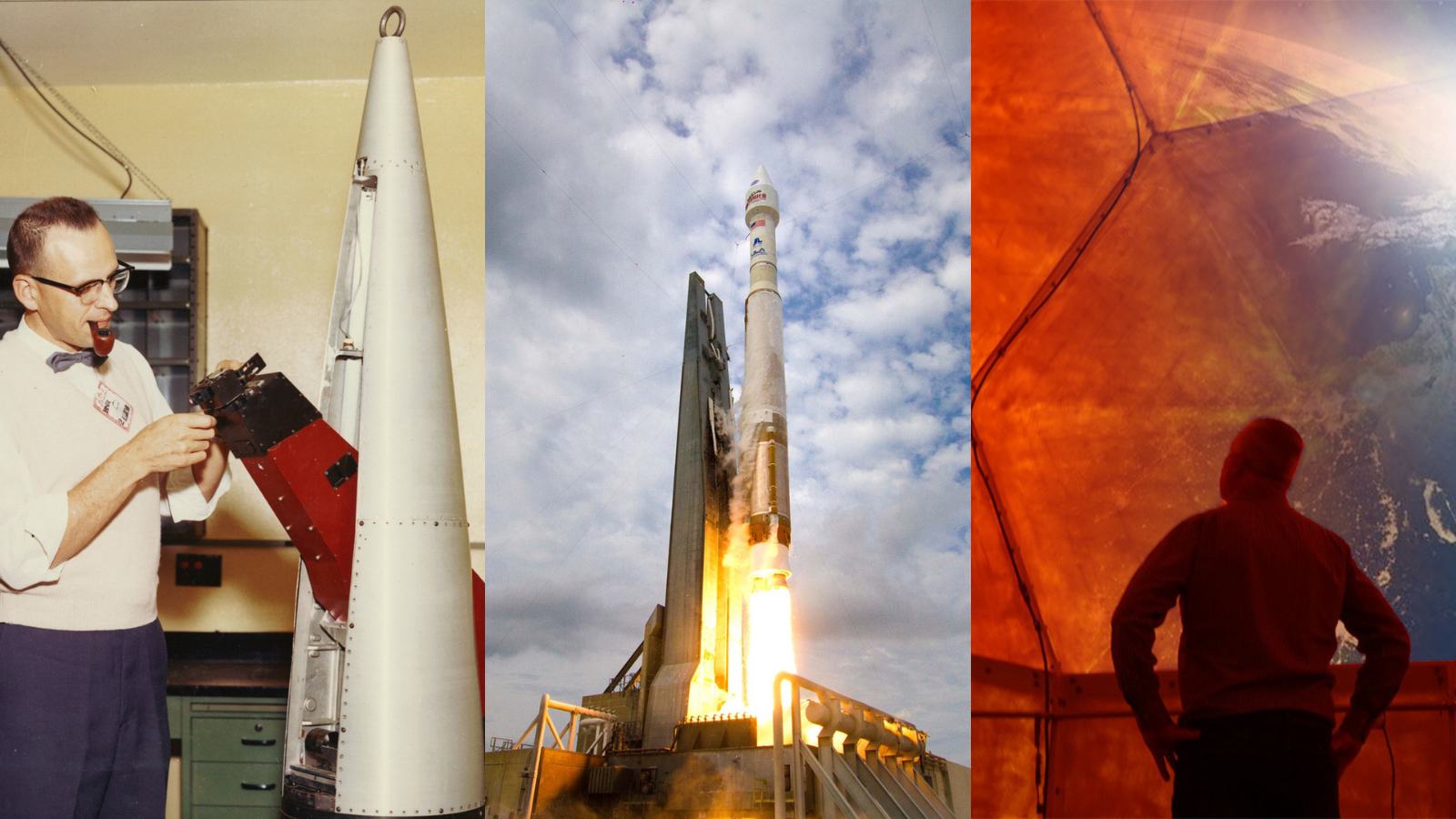
As the Laboratory for Atmospheric and Space Physics at the University of Colorado Boulder celebrates 75 years of space exploration, here is a look at just a few of the historic missions for which the lab has played a key role.
1. Mariner 6 & 7 – Early mission to document Mars
Mariner 6 & 7 were launched in February 1969, just a few months before the first humans set foot on the Moon. These two identical companion-spacecraft journeyed to Mars, where they acquired more than 200 images covering nearly 10 percent of the Red Planet’s surface. The images revealed that the dark features viewed from Earth since the late 1800s were not, in fact, “canals” as previously thought. The LASP-built ultraviolet spectrometer (UVS) instruments on these spacecrafts showed that Mars was very cold (-123°C at the south pole), and that the planet’s thin atmosphere was composed almost entirely of carbon dioxide. An engineering model of Mariner 6 is on display in the LASP lobby.
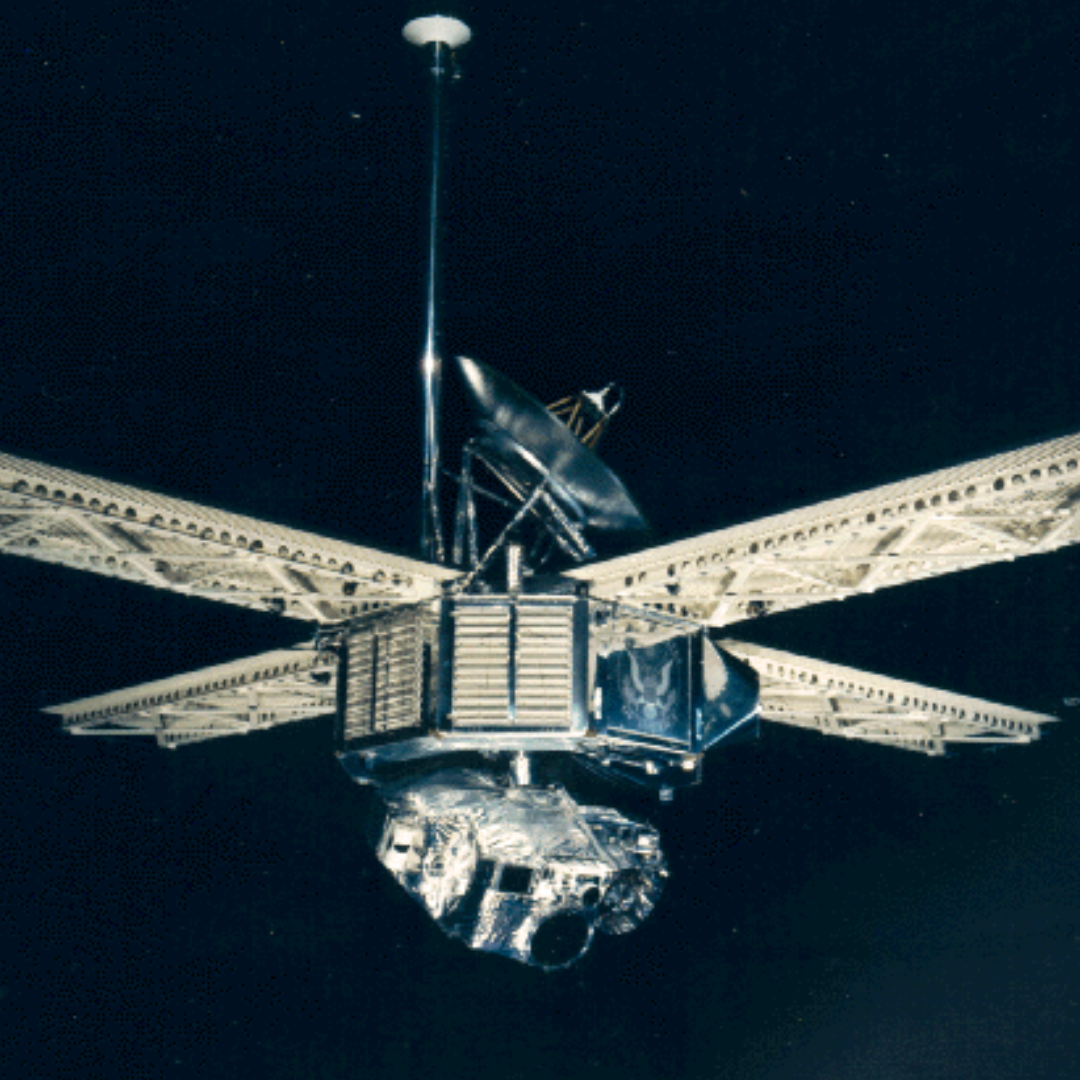
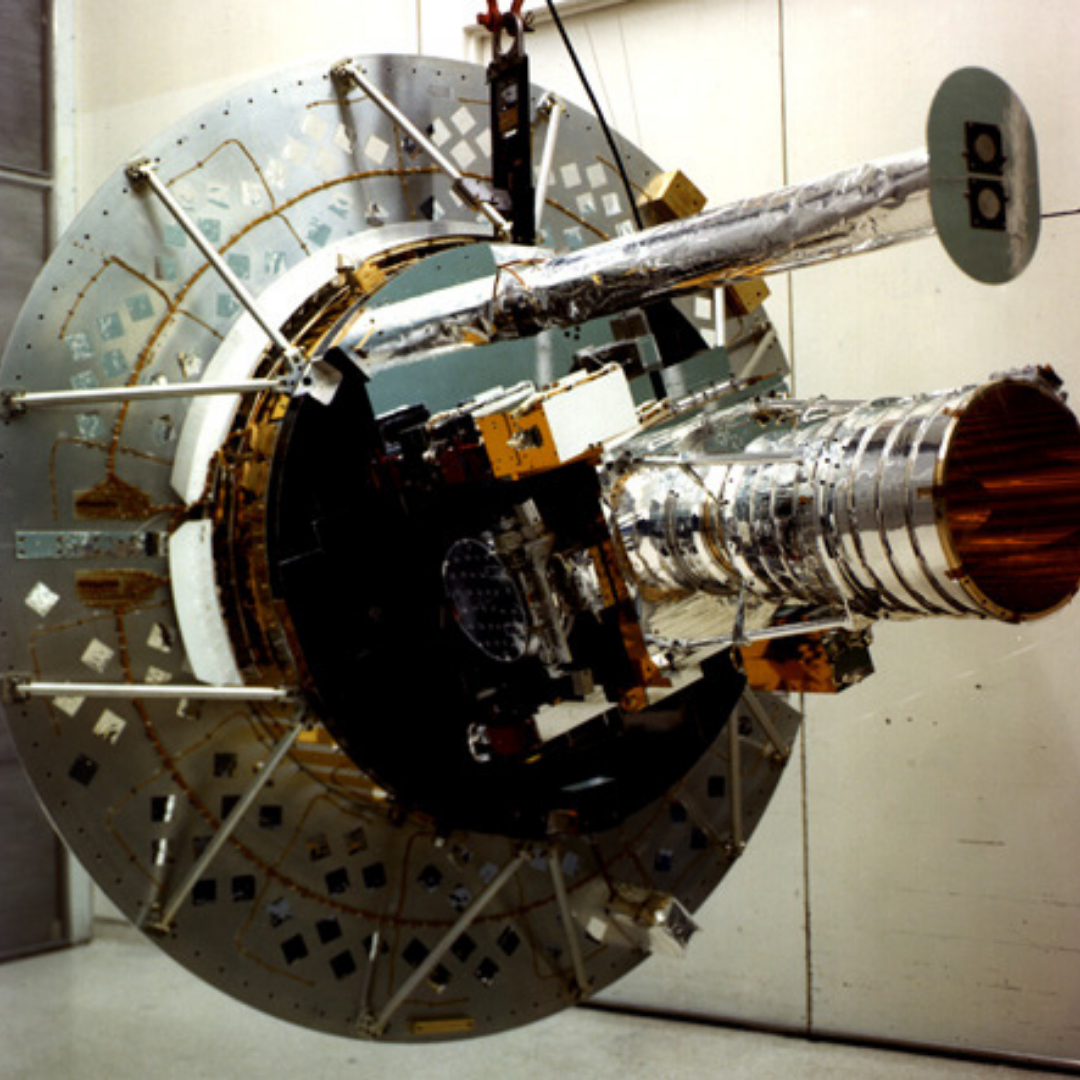
2. SME – Investigated ozone in Earth’s mesosphere
The Solar Mesosphere Explorer (SME) was an Earth-orbiting spacecraft designed to investigate the processes that create and destroy the ozone in the mesosphere, the uppermost layer of Earth’s atmosphere. SME launched on October 1, 1981 and returned data until April 4, 1989. SME was NASA’s first Principal Investigator (PI) mission, and LASP was entrusted as the PI organization with former director Dr. Charles Barth at the helm. With this mission, LASP developed a revolutionary spacecraft command and control system and pioneered the use of students as command controllers, staffing 365 days a year 24/7 with professionals and students, a tradition that continues to this day.
3. AIM – Exploring clouds on the edge of space
Launched in 2007, the Aeronomy of Ice in the Mesosphere (AIM) mission studies Earth’s highest cloud formations, called Polar Mesospheric Clouds (PMCs), which form in Earth’s upper atmosphere at the edge of space. AIM’s primary goal is to understand why PMCs form, how they vary, and whether they’re affected by Earth’s changing climate. AIM results are providing a foundation for studying long-term variability in the mesosphere and its relationship to climate change as well as atmospheric gravity waves. LASP provided two instruments on AIM, including the Cloud Imaging and Particle Size Experiment (CIPS). The CIPS instrument is a panoramic imager that measures ultraviolet radiation scattered by PMCs and atmospheric gases.

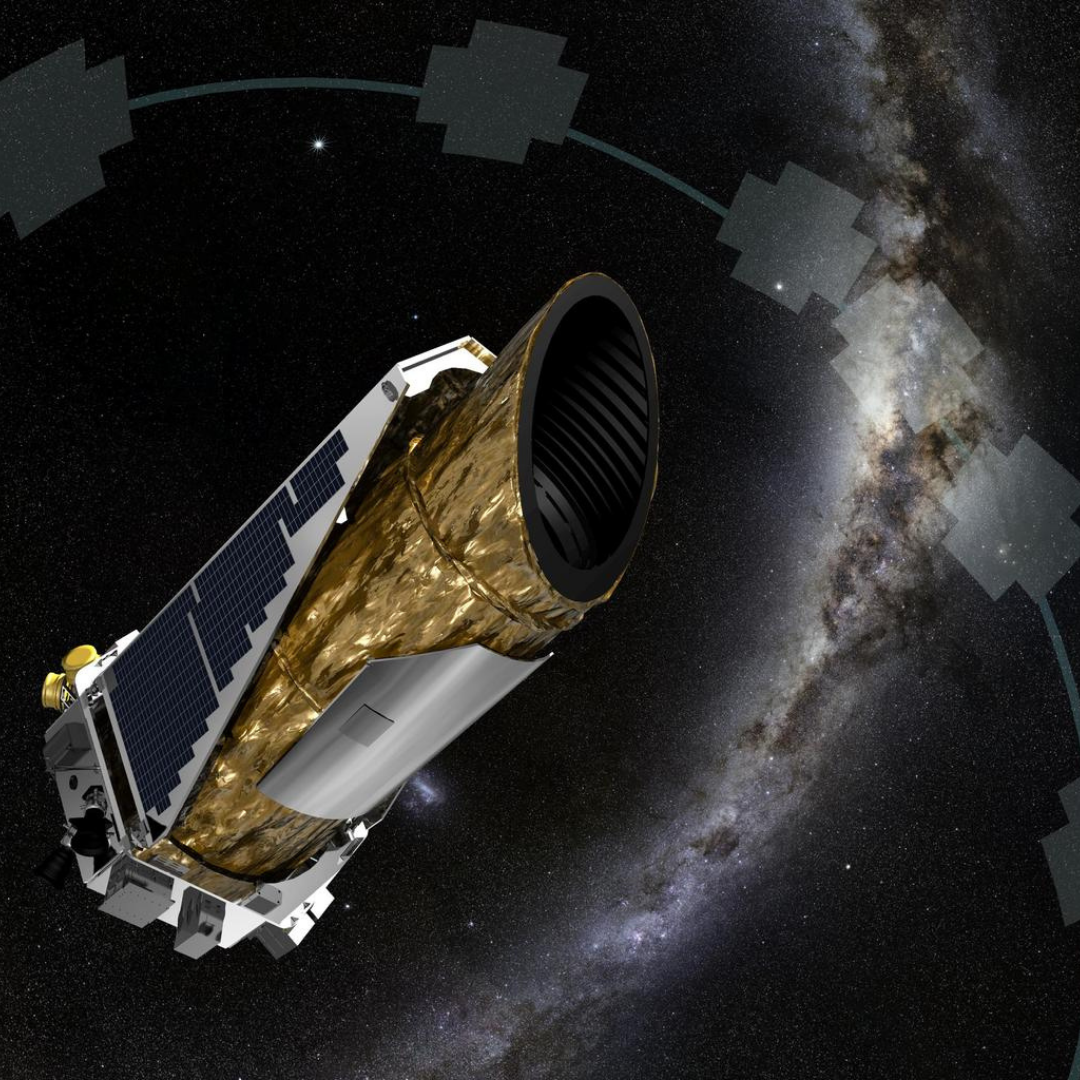
4. Kepler – Revealed the habitable universe
For nearly a decade after it was launched in 2009, the Kepler mission surveyed the Milky Way galaxy in search of Earth-like planets orbiting other stars, eventually discovering more than 2,600 such exoplanets, many orbiting in or near the habitable zone. With its massive 4-foot-wide mirror, the largest ever launched outside Earth’s orbit, the Kepler telescope looked for planets “transiting” or blocking light as they crossed in front of their stars. The data collected by Kepler helped determine how many of the billions of stars in our galaxy could have such exoplanets and allowed us to place our solar system within the continuum of planetary systems in the galaxy. The mission collected a treasure trove of data for science that will be mined for many years to come. LASP’s mission operations team provided commanding and downlink for all nine years of the Kepler mission.
5. SDO – Watching the Sun in multiple wavelengths
Launched in 2010, the Solar Dynamics Observatory (SDO) was the first mission in NASA’s Living With a Star Program, which seeks to understand the causes of solar variability and its impacts on Earth. SDO is designed to help us understand the Sun’s influence on Earth and near-Earth space by studying the solar atmosphere on small scales of space and time and in many wavelengths simultaneously. LASP provided the Extreme Ultraviolet Variability Experiment (EVE) instrument, which is designed to measure the solar extreme ultraviolet (EUV) irradiance, or the energy from the Sun that heats most of Earth’s thermosphere. To maintain accurate measurements over the mission’s lifetime, the LASP-led EVE rocket program uses sounding rocket flights to calibrate the EVE instrument. Sounding rocket under-flight calibration flights are planned annually throughout the SDO mission’s duration to ensure the accuracy of EVE-collected data by measuring any changes to the EVE instrument in space.
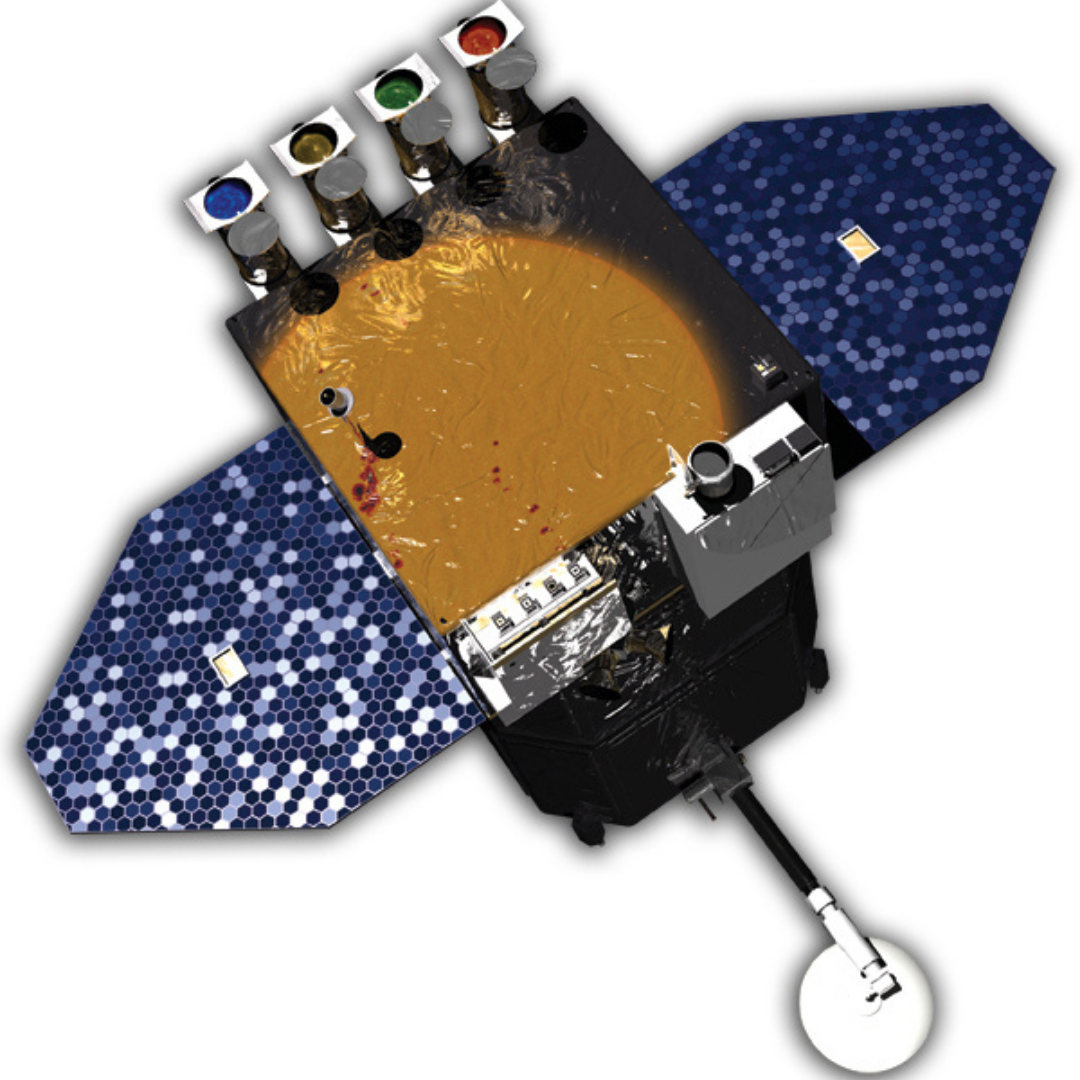

6. CSSWE – Student-led mission to understand space weather
The Colorado Student Space Weather Experiment (CSSWE) was a CubeSat mission designed and developed by students at CU-Boulder under the direction of LASP’s faculty and staff. Launched in 2013, CSSWE housed an energetic particle telescope to study the relationship between solar flares and energetic particles. The CSSWE was the first CubeSat mission on which LASP led both construction and mission operations, beginning LASP’s CubeSat revolution and making the lab one of the largest partners in NASA’s CubeSat fleet.
7. MAVEN – Deciphering Mars’ atmospheric history
The Mars Atmosphere and Volatile Evolution (MAVEN) mission launched a decade ago, entering Mars’ orbit on September 21, 2014. The mission goal is to determine how Mars lost its atmosphere and what role this played in changing the Martian climate through time. Where did the atmosphere—and the water—go? The instruments on board MAVEN are gathering information about the Martian upper atmosphere to help scientists understand the evolution of the Red Planet’s climate. LASP is the lead institution on this mission and built several instruments onboard, including the Imaging Ultraviolet Spectrograph (IUVS), which measures global characteristics of the upper atmosphere and ionosphere via remote sensing.
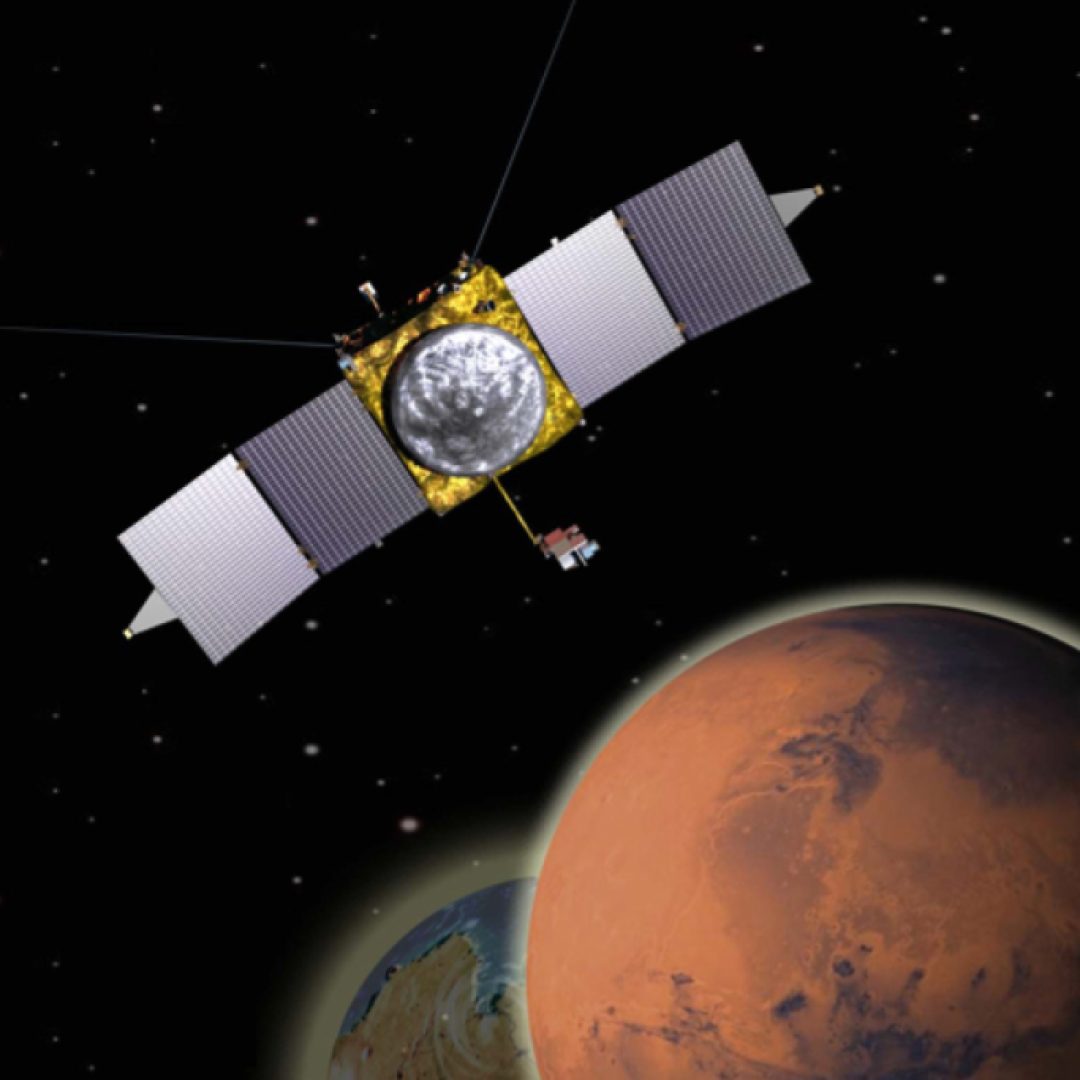
Founded a decade before NASA, the Laboratory for Atmospheric and Space Physics at the University of Colorado Boulder is on a mission to transform human understanding of the cosmos by pioneering new technologies and approaches to space science. LASP is the only academic research institute in the world to have sent instruments to every planet in our solar system. LASP began celebrating its 75th anniversary in April 2023.

